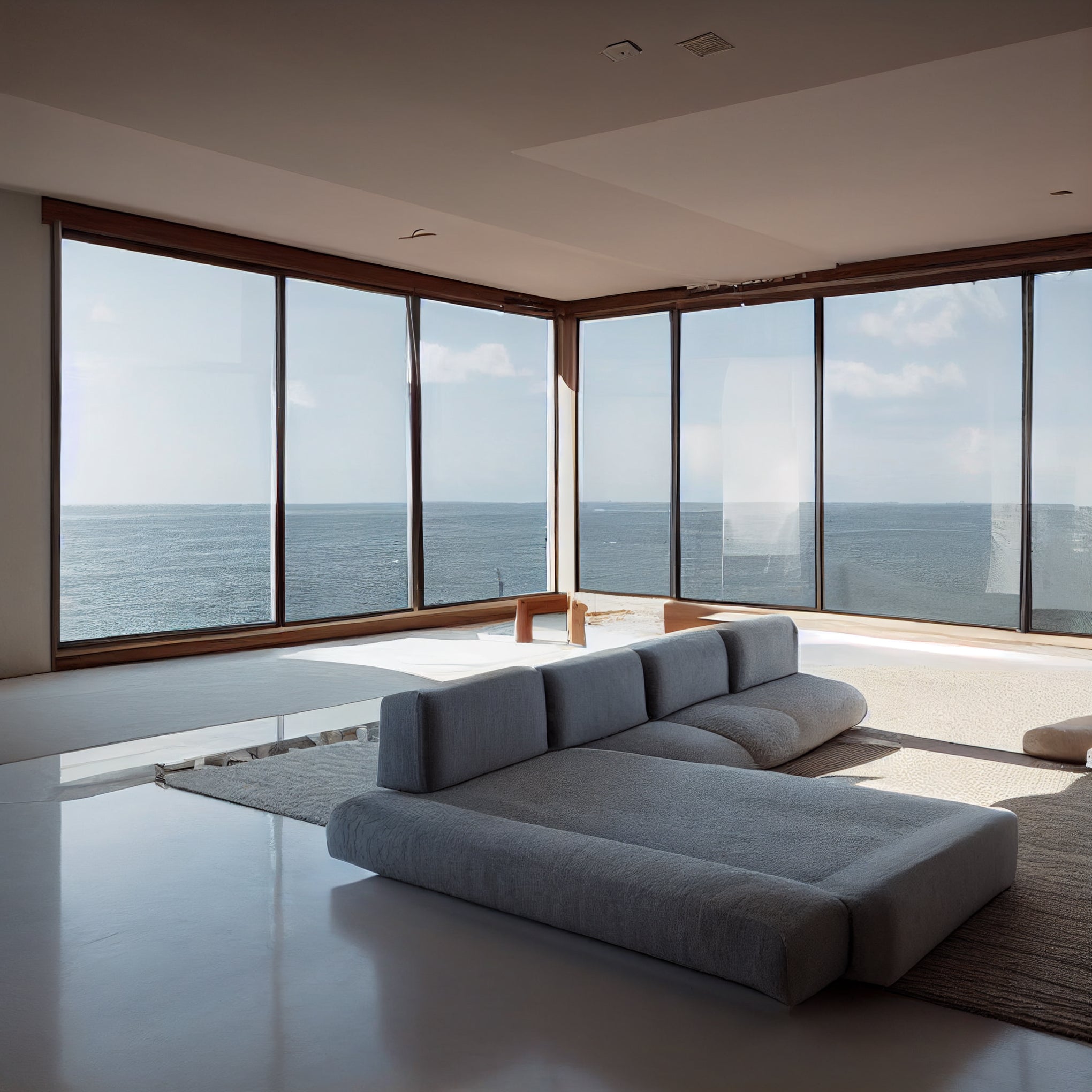What's the Difference Between Window Spacers?
Window spacers are an often overlooked but critical component of modern windows. These small strips, placed between the panes of glass in double or triple-glazed windows, play a significant role in the overall performance and efficiency of the window unit. While many people may not be familiar with the term "spacer," its impact on energy efficiency, insulation, and condensation prevention is undeniable.
In this article, we will delve into the world of window spacers, exploring the differences between various types and technologies. From traditional aluminum spacers to the innovative Warm Edge Technology (WET), we will examine how these components affect the thermal conductivity and structural integrity of windows. We will also discuss the concept of a "perfect spacer" and the key factors to consider when choosing the width of a spacer.
Understanding window spacers is essential for homeowners, builders, and anyone involved in the construction or renovation of buildings. By gaining insights into these often overlooked components, we can make informed decisions that result in more energy-efficient, comfortable, and durable windows. So, let's dive into the fascinating world of window spacers and discover how they shape the performance of our windows.
What's a Spacer?
When it comes to windows, there's a lot more than meets the eye. Beyond the glass and frame, there's a crucial component called a spacer that plays a significant role in the window's performance. A spacer is a narrow strip, often made of aluminum or stainless steel, placed between the panes of glass in a double or triple-glazed window. Its primary purpose is to maintain a uniform gap between the glass panes and provide structural support to the window unit.
Warm Edge Technology (WET)
One type of spacer that has gained popularity in recent years is known as Warm Edge Technology (WET). This innovative approach focuses on improving energy efficiency and reducing heat loss through the window assembly. Unlike traditional spacers, which conduct heat and contribute to energy loss, WET spacers are designed to minimize thermal conductivity and create a warmer edge at the perimeter of the glass.
Warm Edge Technology (WET) has revolutionized the world of window spacers, offering significant advancements in energy efficiency and thermal performance. Unlike traditional spacers that conduct heat and contribute to energy loss, WET spacers are designed to minimize thermal conductivity and create a warmer edge at the perimeter of the glass.
By utilizing low-conductivity materials such as foam, thermoplastics, or rubber composites, WET spacers significantly reduce heat transfer through the window assembly. This innovative technology helps to create a more comfortable living environment by preventing drafts and cold spots near the windows. Additionally, it reduces condensation formation, which can lead to mold and mildew issues.
The benefits of WET extend far beyond just minimizing energy consumption. The utilization of WET spacers is beneficial in reducing the stress on glass, thereby decreasing the chances of seal failure or glass cracking. The process involves ensuring that the temperature remains consistent throughout the entire surface area of the window. As a result, the overall durability and lifespan of the window unit are enhanced.
Furthermore, the utilization of WET spacers aids in reducing noise pollution, resulting in a serene interior atmosphere by limiting the external noise infiltration. The functionality is particularly advantageous for homes located near bustling streets, airfields, or other sources of loud sounds.
The window spacer industry has been transformed by Warm Edge Technology (WET), which has made remarkable advancements in energy efficiency, condensation prevention, durability, and sound insulation. By opting for windows that come with WET spacers, homeowners can enhance their living space's comfort, energy efficiency, and serenity, all while reducing their environmental impact.
What is a Perfect Spacer?
A perfect spacer is a term often used to describe an ideal spacer that offers optimal thermal performance and durability. It should effectively minimize heat transfer between the glass panes, prevent condensation, and maintain the structural integrity of the window unit. Achieving a perfect spacer involves a delicate balance between material selection, design, and manufacturing techniques.
Spacer Technology for Different Spacers
There are several types of spacers available in the market, each with its unique characteristics and benefits. Let's explore some common spacer technologies:
- Aluminum Spacers:Aluminum spacers have been widely used in the past due to their affordability and ease of manufacturing. However, they are notorious for their high thermal conductivity, which can result in significant heat loss and potential condensation issues.
- Stainless Steel Spacers:Stainless steel spacers offer improved thermal performance compared to aluminum spacers. They have lower thermal conductivity and are more resistant to condensation. Stainless steel spacers are often combined with other materials to enhance their insulating properties further.
- Hybrid Spacers: Hybrid spacers combine the advantages of different materials to achieve a balance between thermal efficiency, structural integrity, and cost-effectiveness. For example, a hybrid spacer may feature a stainless steel core surrounded by a low-conductivity material to enhance insulation while maintaining strength.
The Width of a Spacer
The width of a spacer also plays a crucial role in window performance. Generally, wider spacers allow for more space between the glass panes, which can result in better insulation and reduced heat transfer. However, excessively wide spacers may cause visual distortions and potential stress on the glass, compromising the overall integrity of the window unit. It's essential to strike a balance between the desired insulation and the visual aesthetics of the window.
Summary
Window spacers are a vital component of double or triple-glazed windows, contributing to their thermal performance and structural stability. Warm Edge Technology (WET) spacers have emerged as an energy-efficient solution, minimizing heat loss and enhancing overall insulation. Choosing the right spacer, whether it be aluminum, stainless steel, or a hybrid material, depends on various factors such as thermal conductivity, durability, and cost-effectiveness. Additionally, finding the optimal width for the spacer ensures an effective balance between insulation and visual appeal. By understanding the different types of spacers available and their characteristics, homeowners and builders can make informed decisions to improve the energy efficiency and comfort of their windows.















